With Geta Brătescu’s retrospective at the Hamburger Kunsthalle, artworks by the Grande Dame of Romanian conceptual art are assembled in one exhibition space for the first time. The retrospective presents about 80 works from different decades in a classical display. The artworks are for most part loaned from international museums such as the Tate London and mumok Vienna, from private collections and the studio space of the artist. The scale of the art pieces is quite small for museum dimensions, but strong enough to fill the space. The intensity of her works is not connected to their size. The pictures are in a dialogue through the halls. The new style of illuminating artworks, for their own safety and with a concern for their restoration, manages however to compromise the glow and chromaticity of Brătescu’s work.
She is reviewing, self inquiring, self-asserting, overworking her life themes, again and again in the course of her long career. Memory and history, conformity and deviation, feminism, social and political development. But she is aware to not be the lucky one who locates the philosopher’s stone, she will remain an inquiring artist until the end of her days and continue, with trial and error, but never stop.
In fact Brătescu went through different models of communism, the harshness and terror of the fifties under Gheorghe Gheorghiu-Dej, the softening at the beginning of Nicolae Ceaușescu’s open communist variation until the last decade of his irrational and brutal regime and the vacuum after his execution, the neocolonial gold rush atmosphere around the millennium, but it is nothing that a Westerner would call a creative substrate and period of freedom. She adjusted herself and found a way to survive and to continue her artistic development. But she never became a shadow of herself through assimilation of the communist system, like she claims happened to George Călinescu, her former teacher.
„It was not as bad nor as politicized as it appears now. In my view it is the human being that matters. The Union had subscriptions to French art magazines, which were received on a regular basis even then. I would go to the Union and would find information about everything. I also used to go to the German [Goethe] Institute to watch movies. We had been warned that those who went to foreign cultural institutes would be noted.“ Geta Brătescu in an interview with Brigitte Kölle in the exhibition catalogue.
Fascinated by literature, theater, philosophy, movies, she attends to figures of world literature or seminal films. Traveling is a direct and spontaneous way for her to investigate reality, as she calls the world around her. Even when the prohibition stopped her from making journeys with her husband, she researched on her own, leaving the regime think itself safe, forcing to accept the rest of the family as pledge.
Drawing she calls the foundation of her language. She draws with a pencil, with scissors, fabrics, a pen, with everything she gets between her fingers. Even filming is drawing for her and she mentioned in an interview that Chaplin, one of her heroes, is drawing with his body. She expands the definition of drawing in her typical way: things that do not fit, she adapts until they do.
The duality of industrial geometrical form and natural organic form stroke her, she was fascinated by roundness. With the help of geometrical shapes, such as the circle, Brătescu creates spaces, which are urging her to fill them. In an interview she tells about the discovery of the circle for herself back in the days when she was working in the factory. The inner enforcement carries her on and inspires the artist to fill voids with colors and forms. Her current works are colorful combinations, with a certain airiness and cheerfulness. She investigates with the abstract cut outs the relation between space, line, sequences and modulations. She glides from one genre to the other, tries to link the medias, generates interpretations of traditional applications and their contemporary connotations.
Geta Brătescu has established herself as a multimedia artist, against all initial odds, like being expelled from University before completing her degree due to communist censorship. The papers with geometrical forms are only one media of her diverse universe. Her oeuvre comprises, beside drawings and paper works, engravings, video, performances, cut-outs and textile art. Her reflections about art, travel experiences and historical sculptures, monuments as well as her huge collections of photographs from her journeys on the trails of history and beauty, bring the artist’s multiple personality to perfectly unity.
The exhibition of Geta Brătescu’s oeuvre is part of a series of shows dedicated to female artists. The accompanying book – since it is indeed more than a catalogue – comprises an interview by Brigitte Kölle with Geta Brătescu, texts by art historian Magda Radu, the writer Michael Köhlmeier, contributions by Ion Grigorescu, Ciprian Mureșan, Mircea Cantor, Lia Perjovschi, Cristina David and Dan Perjovschi, underlining the influence of the artist. It makes sense to publish a kind of essay book with illustrations to show how comprehensive, interpretable and debatable her Gesamtwerk is and how much Geta Bratescu was and is influenced by other disciplines.
A classification in categories like feminist artist does not work with Geta Bratescu. She never took an unequivocal stance on the matter. She uses fabric and feminine-connoted material just as much as iron and magnets, symbolizing the male strength. Even when she deforms iron with magnets it is a symbol for verbatim alignment as well as for an ironic transition of a cliché. She denies that kind of classification and claims just being a mensch.
The Geta Brătescu retrospective was at Hamburger Kunsthalle between 30 April – 7 August 2016.
POSTED BY
Denise Parizek
Denise is art historian and curator. She directs Schleifmuehlgasse 12-14 in Vienna, where for over 5 years she has been curating international projects....
12-14.org

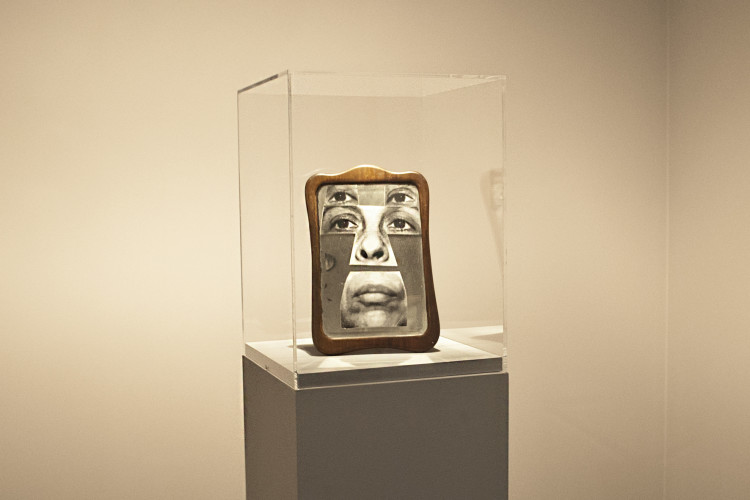
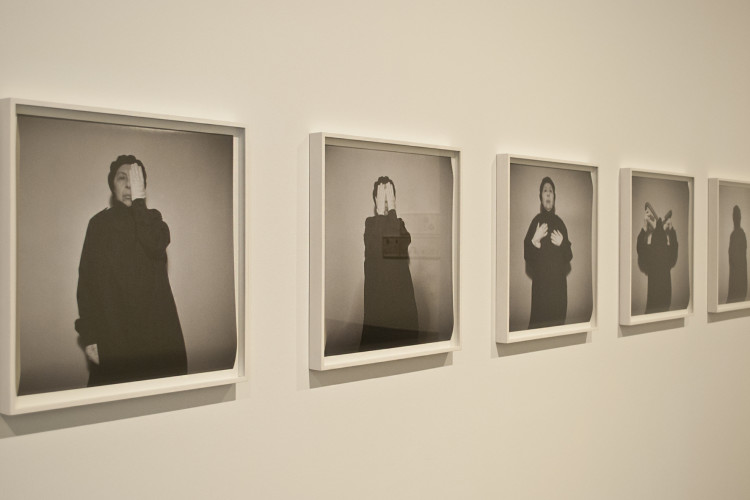
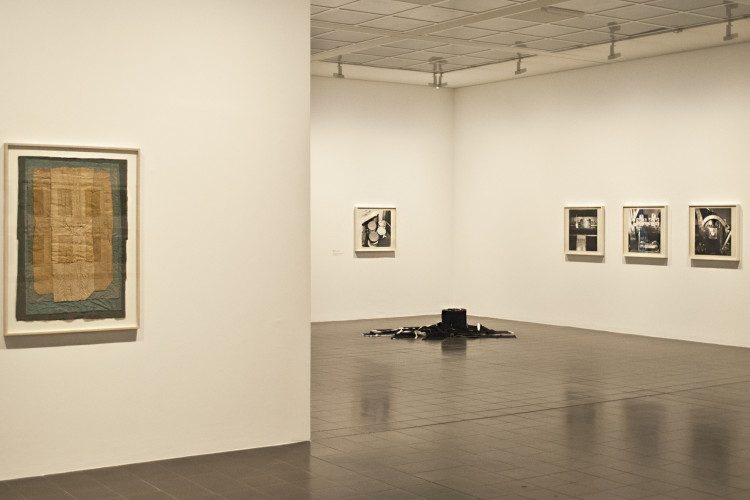
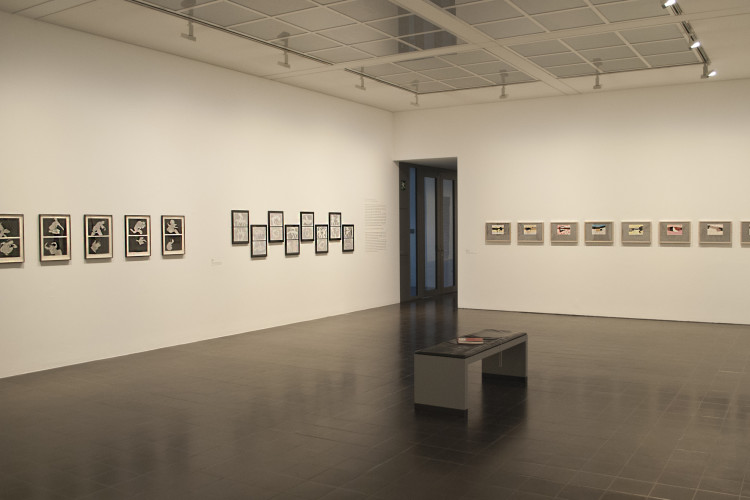
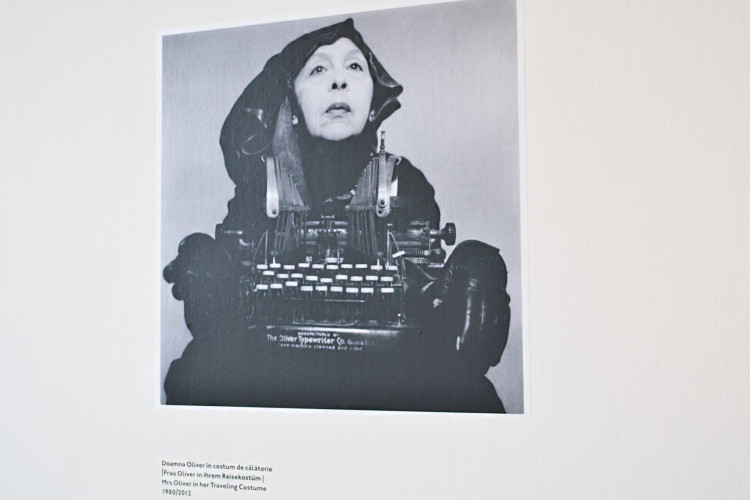
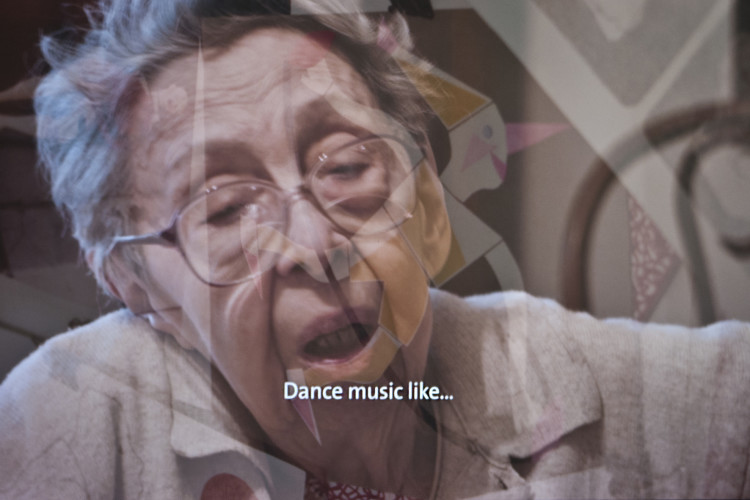
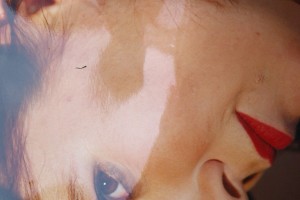
Comments are closed here.